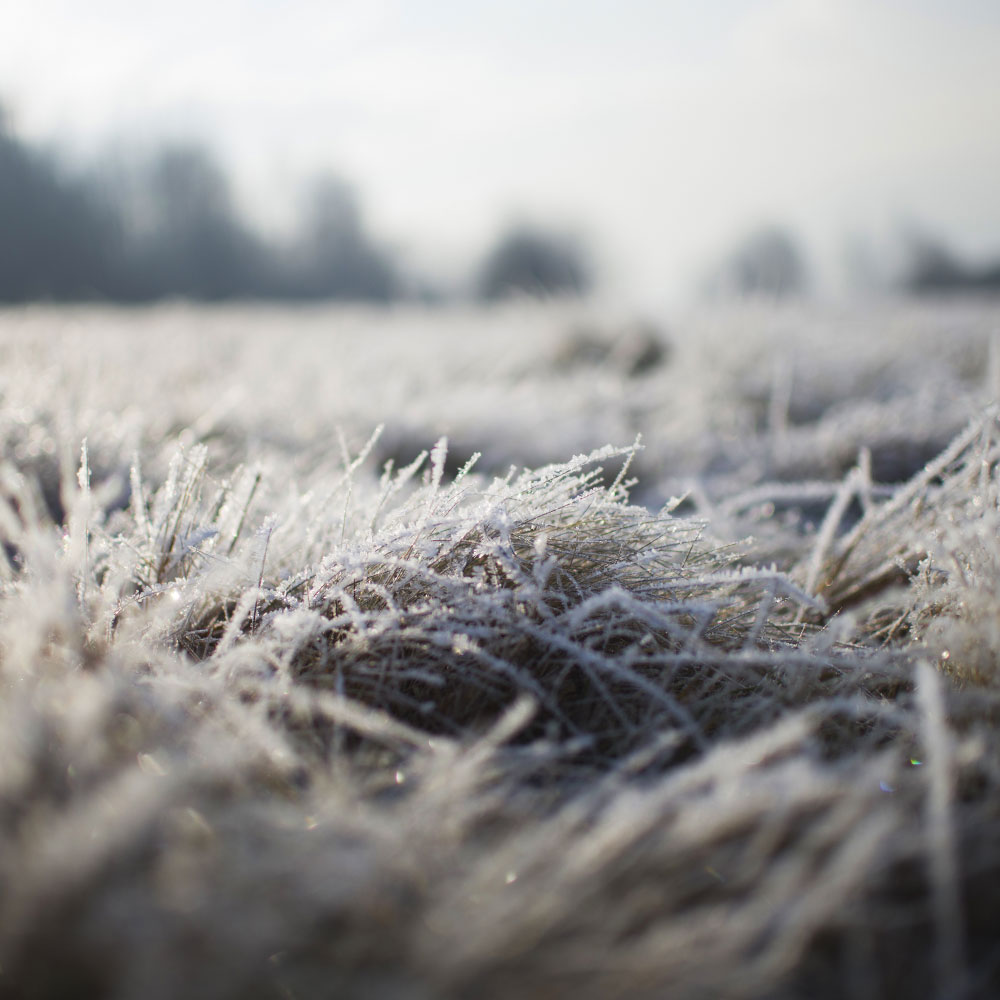Reducing Home Radon Levels in Winter from Madison Wisconsin to Waukesha Wisconsin
Why you are more at risk of radon exposure during winter in Wisconsin
Here in Waukesha, Wisconsin we experienced frost on our windshields this morning! I think our extended warm weather temperatures may finally be coming to an end.
That said, as homeowners start to button up their Wisconsin homes to cozy up for the winter months, here’s what you should know about radon levels in your home during winter.
The Stack Effect
Your home creates a natural vacuum that pulls air and radon gas into your home through the soil beneath your home’s foundation. These vacuums are referred to as Air Pressure Differentials or APD’s. The differential may not be very large, but even small APD’s can significantly alter radon readings inside your home.
As we all know Wisconsin our winters can get bone chilling cold! The greater the contrast between your cozy heated home and the frigid cold Wisconsin winter air, the greater the “stack effect” can be. As the warm air in your home rises and exits out the upper half of your house, the air is continuously replaced by soil gases containing toxic radon gas. The colder it gets, the more you crank your heat and the more likely you’re drawing more radon into your Wisconsin house.
This “stack effect” is one of the major factors that cause home radon levels to rise and/or fall inside your house.
Frozen Ground Soil 
Once we get into the thick of winter here in Southeastern Wisconsin our ground will really start to freeze. The cold hard ground blocks soil and radon gas from dissipating into the atmosphere from natural outdoor areas. At first glance this sounds great! When you take a closer look you’ll realize that this means the radon comes through the soil somewhere else. Radon gas will take the path of least resistance, which is through the foundation of your home.
Closed Windows
Consider too that in the winter we’re not keeping our windows open like in the warm summer months or crisp fall season. Winter in Wisconsin really is a higher risk for increased exposure to radon inside your home. The stack effect coupled with frozen ground and closed windows are a recipe for a home filled with higher levels of radon.
What can you do?
First, test for radon in your home. With an electronic monitor you can get an accurate reading of the radon levels in your home within 48 hours. Once you know what your radon levels are, you can either rest easy knowing that your home is safe or take action.
With a radon mitigation system, Lifetime Radon Solutions guarantees our results. Once our custom radon system is installed your home will be well below the EPA recommended safe level of 4pCi/L.
 262-955-5701
262-955-5701




